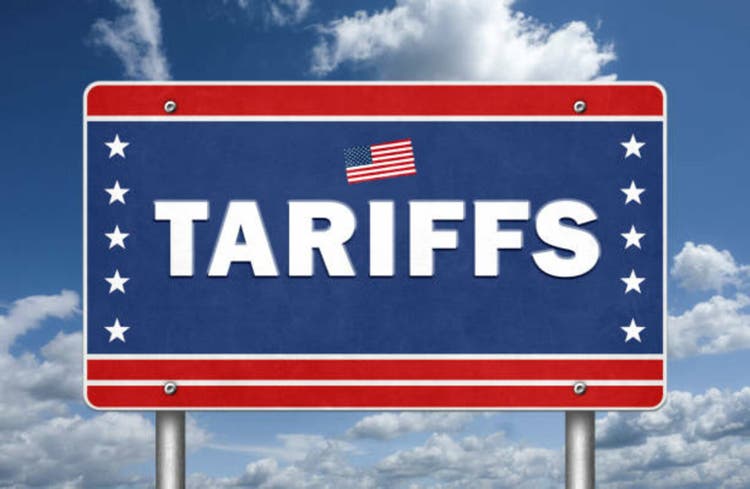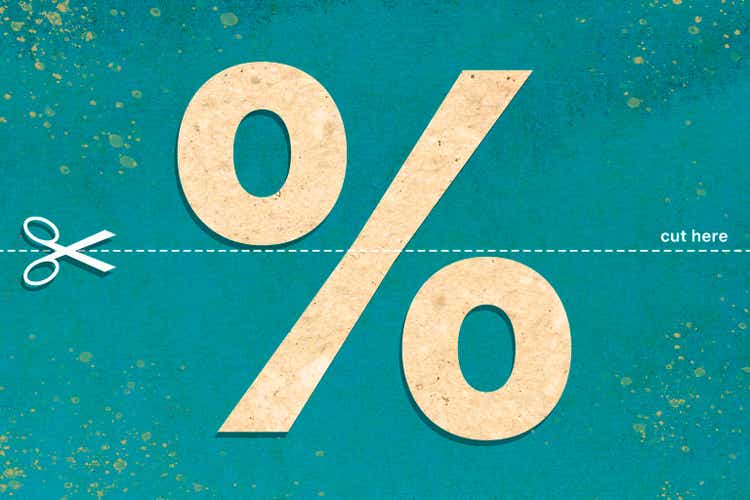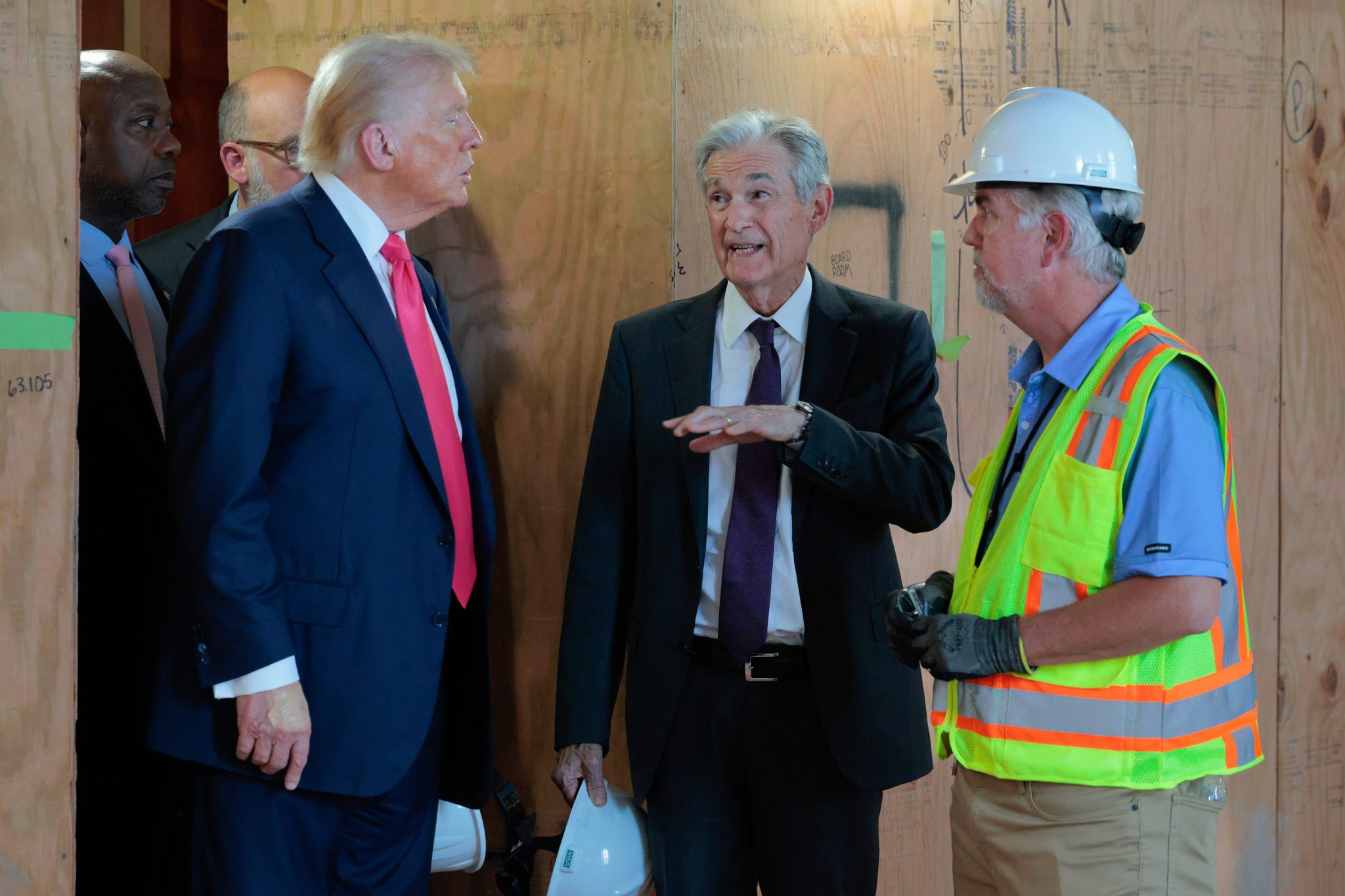 PRESIDENT Ferdinand R. Marcos, Jr. inspects a housing project under the Pambansang Pabahay sa Pilipino program in San Fernando, Pampanga on July 3, 2023. The housing development is composed of 30 12-story buildings with a mix of 25 sq.m. and 28 sq.m. units. — PNA PHOTOS/JOEY O. RAZON
PRESIDENT Ferdinand R. Marcos, Jr. inspects a housing project under the Pambansang Pabahay sa Pilipino program in San Fernando, Pampanga on July 3, 2023. The housing development is composed of 30 12-story buildings with a mix of 25 sq.m. and 28 sq.m. units. — PNA PHOTOS/JOEY O. RAZONTHE Philippine housing market is at a pivotal point. Development has accelerated in recent years, but the growing disconnect between property prices and household incomes have become harder to ignore. This challenge, however, also presents an opportunity to rethink strategies, adjust priorities, and align the housing supply more closely with the realities faced by Filipino families.
UNDERSTANDING THE INCOME — HOUSING GAP
The Philippine Institute for Development Studies (PIDS), the government’s socioeconomic research arm, helps shape policy through evidence-based analyses. Its 2023–2024 Economic Policy Monitor: Wealth Creation for the Expanding Middle Class in the Philippines shows that in 2021, families earning below P24,060 per month were classified as poor to low-income, while those earning between P24,060 and P48,120 fell into the lower-middle-income bracket. Together, these groups account for 82.6% of households nationwide.
Assuming a 6% annual income growth since 2021 — and no changes in the number of families per income class — families at the upper end of this bracket could afford homes priced up to around P2.9 million under favorable financing conditions.
Yet, the Bangko Sentral ng Pilipinas’ (BSP) Q1 2025 Residential Property Price Index (RPPI) shows median nationwide house prices at P2.95 million and condominiums at P4.35 million. In Metro Manila, houses average P7.72 million and condos P4.81 million. Even in traditionally more affordable provincial markets, median prices have climbed to P2.85 million for houses and P3.37 million for condominiums.
The BSP’s recent shift from the Residential Real Estate Price Index (RREPI) to the more comprehensive RPPI offers a clearer view of price movements across regions and property types — and reinforces the finding that most Filipino families are priced out of the median housing market.
PROPERTY PRICES RISING FASTER THAN INCOMES
The RPPI recorded a 7.6% year-on-year increase in nationwide housing prices for Q1 2025, with Metro Manila rising by a sharp 13.9%. Within the capital, condominium prices grew 14.2% while house prices rose 11.2%. Outside Metro Manila, house prices were up by 2.9% and condominium prices by 1.8%.
Meanwhile, household consumption growth is projected at 4.5% in 2025, according to BMI Research, a Fitch Solutions company that provides economic, industry, and financial forecasts to help stakeholders make informed decisions across markets. The contrast in these growth rates highlights the widening affordability gap.
OVERSUPPLY AT THE HIGH END, SHORTAGE IN AFFORDABLE UNITS
Metro Manila currently has over 82,800 unsold condominium units, mostly priced between P3.6 million and P12 million. At present demand levels, this stock could take about three years to absorb.
In contrast, the national housing backlog reached 6.5 million units as of 2022. The government’s initial plan under the Pambansang Pabahay Para sa Pilipino Housing (4PH) Program was to build 1 million units annually, but actual production has fallen short. Under new leadership at the Department of Human Settlements and Urban Development (DHSUD), the target has been scaled back to 3.2 million units by 2028 due to financing and construction constraints.
This disparity — an oversupply of mid- to high-priced units alongside a shortage of affordable homes — underscores the need to realign supply with actual demand.
COST PRESSURES AND THE SHIFT TO HORIZONTAL HOUSING
Developers cite rising costs of materials, labor, and financing as major factors driving price increases. Vertical housing is generally more expensive to build than horizontal developments, which has fueled renewed interest in subdivision-style housing under the 4PH Program.
The Pag-IBIG Fund has responded with a special subsidized interest rate of 3% for the first five years of housing loans under the Expanded 4PH Program, specifically for first-time homebuyers. These loans cover socialized housing units priced up to P850,000 for house-and-lot packages and P1.8 million for condominiums, targeting families earning below P47,856 per month in Metro Manila and P34,686 outside the capital. While helpful, these measures remain limited in scope compared to the scale of the housing gap.
EXPANDING TO PROVINCIAL GROWTH AREAS
Developers are increasingly turning to emerging cities and provincial markets, where land is more affordable and horizontal housing demand is stronger. In Q1 2025, house prices rose by 3.98% in Metro Cebu and 2.92% in Metro Mindanao. These areas offer healthier absorption rates and provide a path toward more inclusive housing development.
BUILDING A MORE INCLUSIVE HOUSING MARKET
The numbers make it clear: the market is not short on housing — it’s short on the kind of housing that most families can afford. Addressing this requires more than building more units; it demands a fundamental shift in planning, financing, and delivery strategies.
This means targeting areas where land is accessible and demand is growing, updating zoning and land use plans, widening financing options, and fostering stronger partnerships between the government and private sector. Continued investment in transport infrastructure will also be key to connecting secondary cities with major employment hubs, making them more viable for working families.
With the right recalibration, the housing sector can transition from a supply-driven to a demand-responsive model — one that serves a broader range of Filipinos and makes homeownership a reality for millions still waiting for a place to call their own.
Roy Amado Golez, Jr. is the director for Research, Consultancy, and Valuation at Leechiu Property Consultants.

 2 days ago
1
2 days ago
1



















 English (US) ·
English (US) ·